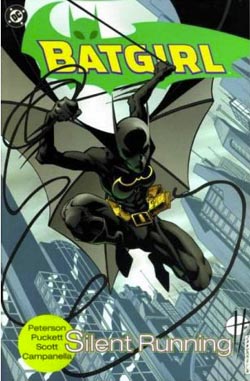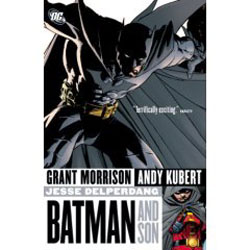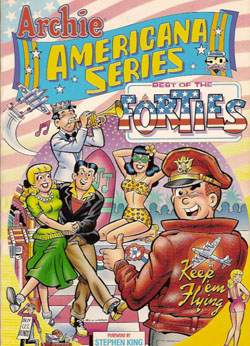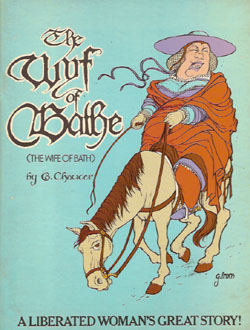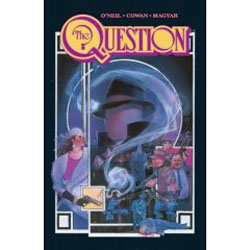
By Dennis O’Neil, Denys Cowan & Rick Magyar (DC Comics)
ISBN13: 978-1-84576-690-0
One of DC’s best comics series of the 1980’s finally makes it into the trade paperback format, due no doubt to the hero’s major role in the ambitious weekly comic maxi-series 52.
The Question, created by Steve Ditko, was Vic Sage, a driven, justice-obsessed journalist who sought out crime and corruption irrespective of the consequences. This Charlton ‘Action-Hero’ was purchased by DC when Charlton folded and was the template for the compulsive Rorschach when Alan Moore and Dave Gibbons first drafted the miniseries that would become the groundbreaking Watchmen. The contemporary rumour-mill had it that since the creators couldn’t be persuaded to produce a spin-off Rorschach comic the company went with a reworking of the Ditko original.
An ordinary man pushed to the edge by his obsessions, Vic Sage used his fists and a mask that made him look utterly faceless to get answers (and justice) whenever normal journalistic methods failed. After a few successes around the DC universe Sage got a job in the town where he grew up.
Hub City was a hell-hole, the most corrupt and morally bankrupt municipality in America. Mayor Wesley Fermin was a degenerate drunken sot and the real power was insane cleric Reverend Jeremiah Hatch, whose hand-picked gang of “heavies†are supplemented by the world’s deadliest assassin, Lady Shiva.
Reuniting with Aristotle Rodor, the philosopher-scientist who created his faceless mask and other gimmicks, Sage determines to clean up The Hub, but despite early victories against thugs and grafters, he is easily defeated by Shiva, and left to the mercies of Hatch and his gang. A brutal beating by the gangsters breaks every bone in his body, and after shooting him in the head they throw his body in the freezing waters of the river.
Obviously, he doesn’t die. Rescued by the inscrutable Shiva, but crippled, he is sent into the wilderness to be healed and trained by O’Neil’s other legendary martial arts creation, Richard Dragon. A year passes…
It’s a new type of hero who returns to a Hub City which has degenerated even further. Sage’s girlfriend is now the Mayor’s wife, Reverend Hatch has graduated from thugs to terrorist employees, and his madness has driven him to actually seek the destruction of Humanity. Will the new Question be sufficient answer to the problems of a society so utterly debased that the apocalypse seems like an improvement?
Combating Western dystopia with Eastern Thought and martial arts action is not a new concept but the author’s spotlight on cultural problems rather than super-heroics make this series O’Neil’s most philosophical work, and the quirky, edgy art imbues this darkly adult, powerfully sophisticated thriller with a maturity that is simply breathtaking.
This is a story about dysfunction: Social, societal, political, emotional, familial and even methodological. The normal masked avenger tactics don’t work in a “realâ€-er world, and some solutions require better Questions…
© 1986, 1987, 2007 DC Comics. All Rights Reserved.

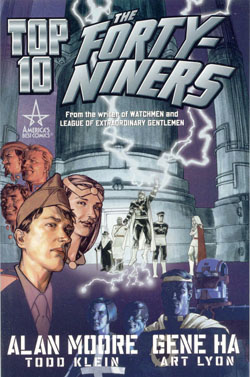
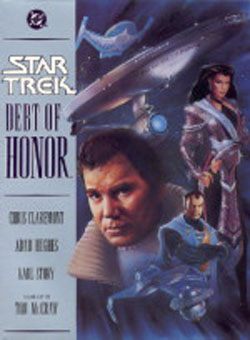
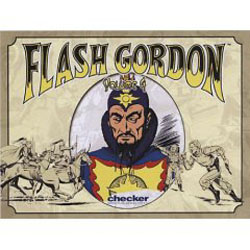
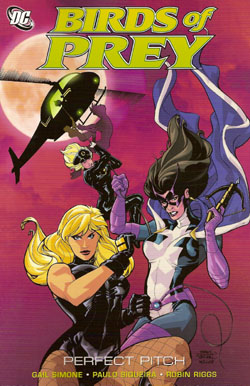
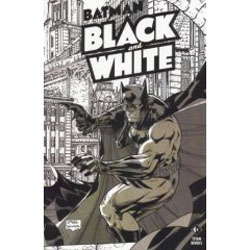 Â
 